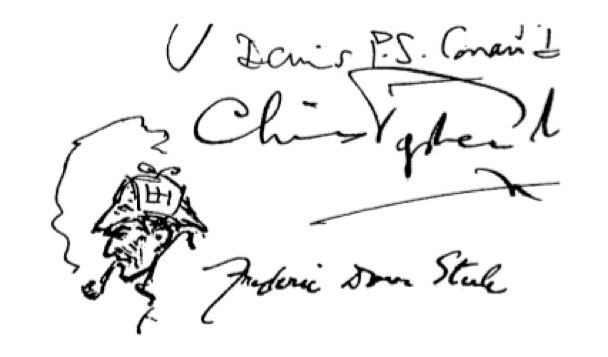
In addition, cards that came from a household with heavy cigarette smoke, or that were stored in a damp attic or garage in the intervening years, can have a lowered value, even if the card physically appears otherwise Near Mint. Unless exclusively stored in binders and played with in card sleeves (which was virtually unknown at the time), there are few Near Mint examples in circulation. As a result, cards frequently show significant wear, which significantly affects their value. Pokémon cards are essentially pieces of a game, and many became treasured possessions of children who took them to school in their pockets to show off and trade. Finding cards from this era in Near Mint condition can be quite difficult. The pricing examples all note that the estimated retail pricing reflects a card in Near Mint condition. While certain other Pokémon, like Blastoise and Venusaur, carry decent value, none usually approach the level of Charizard.

Those looking to sell their collections should not expect Charizard-level pricing for other cards from these sets. The examples throughout this text all utilize the Pokémon Charizard, which typically fetches the highest prices of any Pokémon from these early sets.
Often this price difference can be quite significant.ĭistinct 1st Edition printings were done throughout the 1st and 2nd generation of sets with the exception of reprint sets (such as Base Set 2 or Legendary Collection). A 1st edition card will be worth more than an unlimited edition card. Unlimited edition cards don’t have the “Edition 1” logo on the left side.

To meet super-high demand from the public, an “Unlimited” edition version would then be printed. In fact, the first print runs of a set were officially called Limited Edition. The 1st edition print run would typically be very limited, and once sold out, would no longer be available for sale. An enlarged example of this logo is shown here. The first print run of a set would have a special “Edition 1” logo on the left side of the card, just below the card art.


 0 kommentar(er)
0 kommentar(er)
